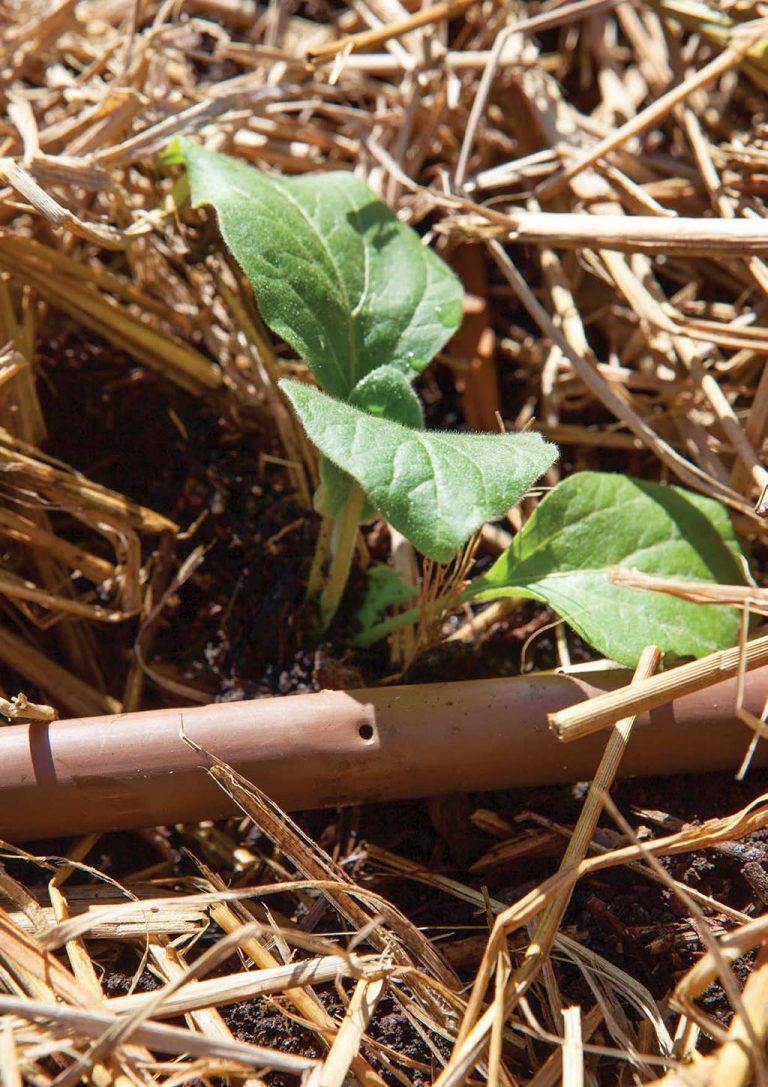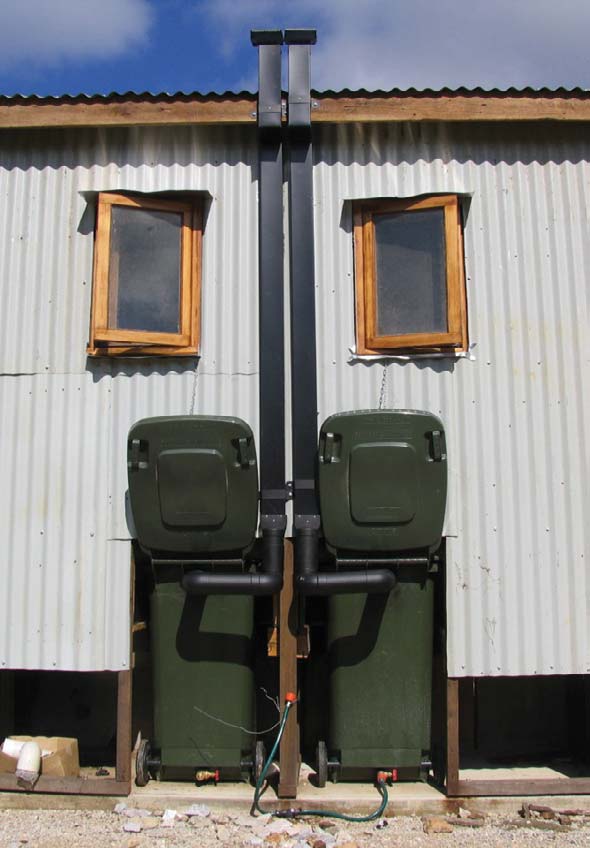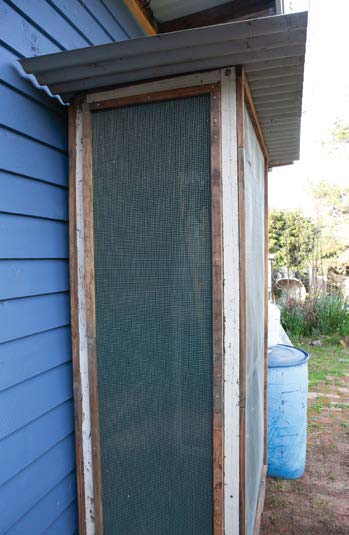Setting Up A Drip Irrigation System

The impact of long-term drought in Australia means we need to be thinking about better ways to get water to our gardens with the least amount of waste and fuss. With sprayers, sprinklers and hoses, there is inevitably a fair bit of water that goes on paths and surrounding areas, which not only wastes water but also encourages weeds. To get water directly to plants’ roots, drip irrigation is one of the most efficient and focused forms of irrigation.
Drip lines, also known as drippers, dripline and drip tube, have come a long way in the past few years. The most popular and easy to find at major gardening and hardware retailers are extruded, ‘self-cleaning’ inline drip emitters, or ‘drip irrigation tube’. This (generally) 13 mm polypipe has three litres/hour emitters built into the inside of the pipe. Irrigation is an investment in time and money to set up, but you save a lot of water.




